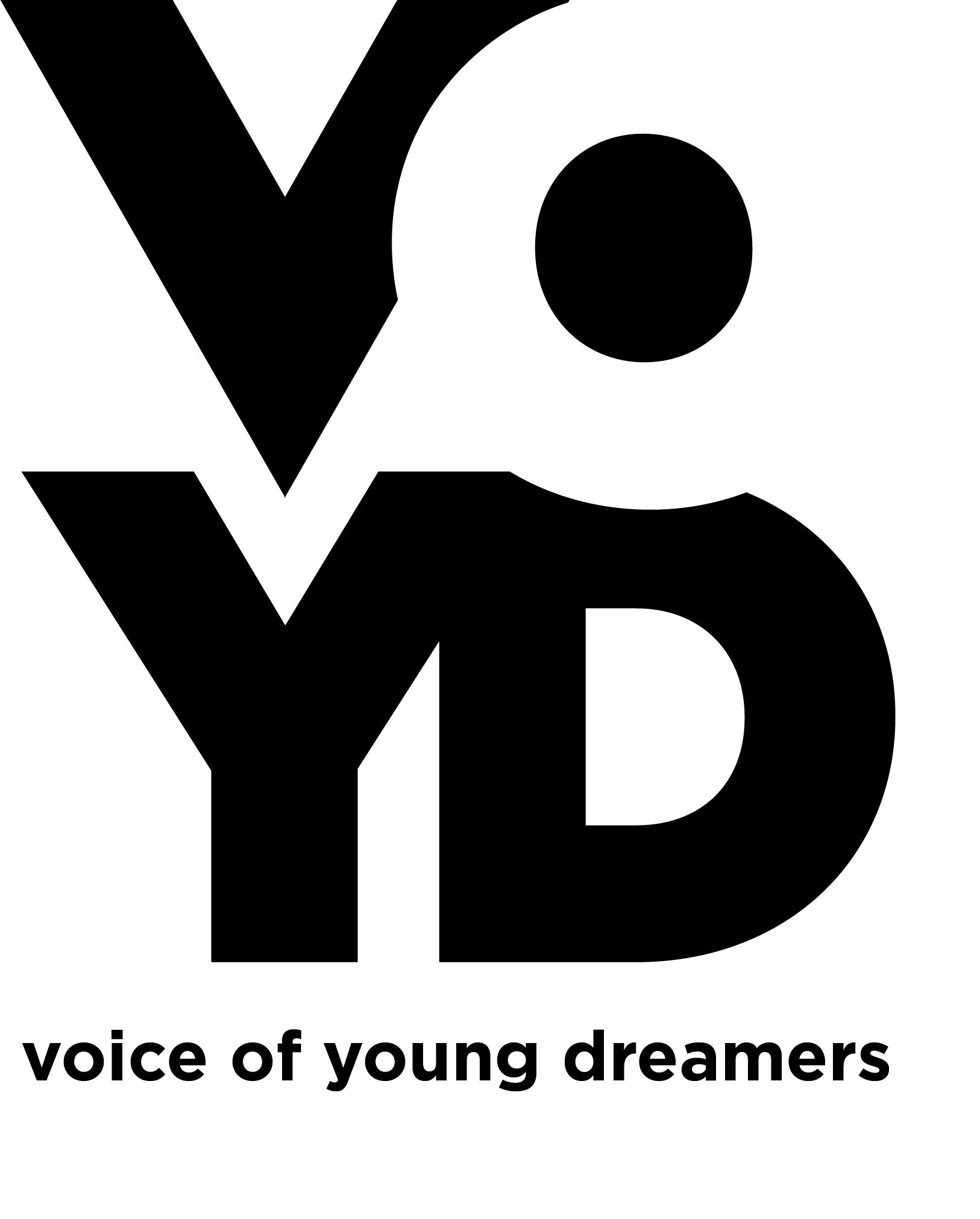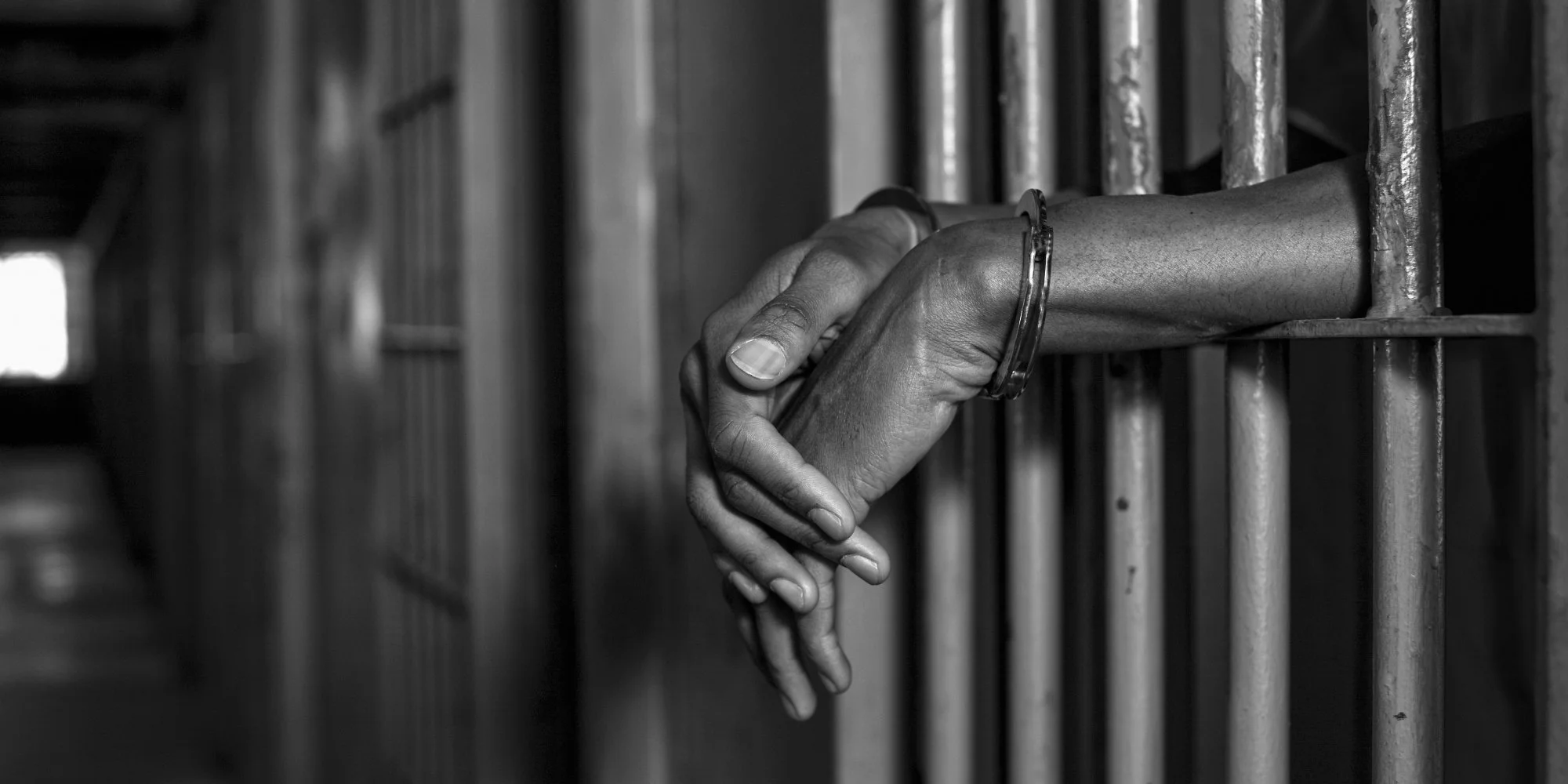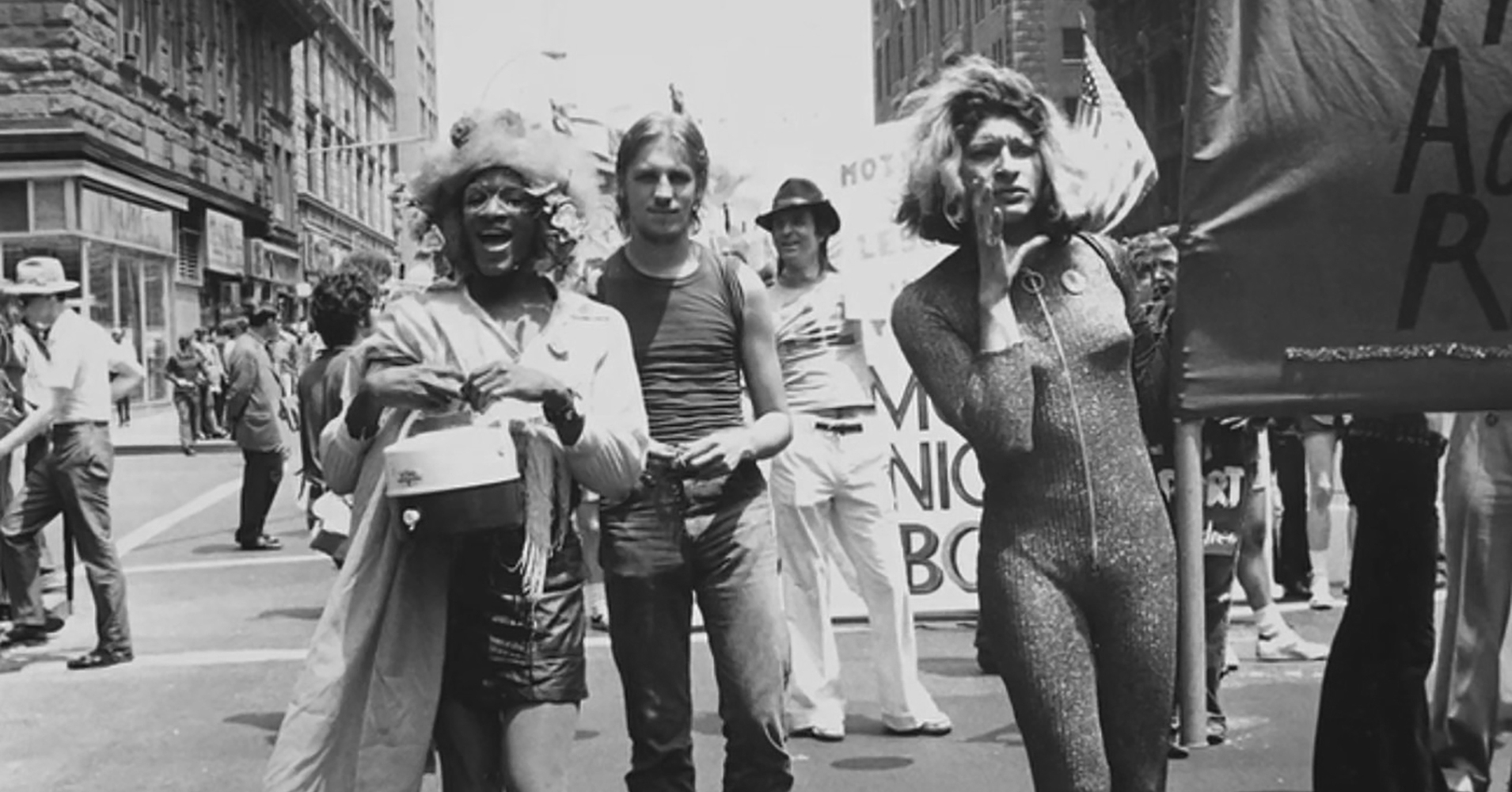Too Black. Too Queer. Too Female.

After Moonlight’s Triumph, Why Aren’t More Black Queer Women On Screen?
In 2011, a tiny miracle happened in Hollywood; Pariah, a coming-age-film about the journey of a young Black queer woman was released. The film’s heroine, Alike, a shy, closeted teen with a fondness for poetry, struggles against the oppressive heteronormativity of her conservative mother, Audrey, while feeling outcasted among other lesbians in New York’s queer nightclub scene. Alike’s bolder, lothario best friend, Laura, schools her on how to score with women, buys her a strap-on dildo to transform her image, and coaches her on wearing certain masculine attire to seal Alike’s success with the ladies. In this brilliant gem of a movie, we receive a glimpse of Black women who rarely appear onscreen--queer Black women living at the margins audaciously struggling for a sense of autonomy. The film gained immense success at the Sundance film festival and critical acclaim; the question simply begs as to why more films with Black queer female leads aren’t becoming increasingly commonplace in the new millennium.
With the success of Barry Jenkins's Moonlight, the need for narratives documenting the vastness Black life is ever apparent. “Moonlight’s well-deserved success is cause for collective celebration. It is an example of what is possible when Black filmmakers specifically create art focused not on the Hollywood gaze, but on the worlds from which Black people come,” notes writer Darnell Moore. “Yes, the film depicts two Black boys-becoming-men discovering their love, but their expressions of intimacy are no queerer, no more profoundly liberating, than their Blackness.” Moonlight’s triumph was that the main character's’ feelings for each other added a deeper layer to their Blackness, a necessary reflection of the journey of two men’s to love.
Prior to Pariah, Hollywood flirted with Black female queer desire in Steven Spielberg’s film adaptation of Alice Walker’s novel, The Color Purple, released in 1985. Celie, a young southern Black woman, becomes enamoured with Shug Avery, a sensuous, worldly singer who tenderly breaks down her emotional barriers. Celie’s attraction to Shug deepens as the audacious entertainer’s attention incites a journey of self-discovery, self-love, and self-respect. Walker’s book details the budding erotic bond between the two women; however, Spielberg’s cinematic version leaves the audience with questions as to whether the relationship is a one-night stand with any profound romantic significance. A kiss is all that happens between Celie and Shug in the film, denying viewers of any further romantic involvement with the two.
Perhaps the best known counterpart to Pariah was The Watermelon Woman, released nearly a decade later after The Color Purple; dubbed a queer classic, the 1996 film centered on Cheryl, a Black lesbian working in a video store. Cheryl takes note of Black actresses discredited by the film industry for their roles in Hollywood in the 1930 and 1940s, particularly viewing a movie called Plantation Memories, in which a Black actress is noted as “the watermelon woman”, instead of receiving proper credit. Cheryl decides to create a documentary about the actress’ life; in addition to her film efforts, she meets a white woman named Diana whom she develops an attraction for. The film dealt with interracial relationship dynamics in the Black queer community--it was also the first feature film directed by a Black queer woman. Cheryl’s identity as a Black lesbian is of importance, symbolizing the prevalence of the erasure of Black women from cinematic history from the thirties to the present.
“The underrepresentation of Black queer women is not an accident; the deliberate invisibility of Black female queerness remains prevalent.”
The underrepresentation of Black queer women is not an accident; the deliberate invisibility of Black female queerness remains prevalent. While Hollywood produced a plethora of films about white queer women--Imagine Me & You (2005), Blue Is The Warmest Color (2013), But I’m a Cheerleader (1999), Bound (1996), Kissing Jessica Stein (2001), High Art (1998), My Summer of Love (2004), When Night Is Falling (1995), Chasing Amy (1997) and Liliana (1993), none of these films featured Black women. Whoopi Goldberg’s stint as Jane in 1995’s Boys On the Side and Nicole Arie Parker’s role in The Incredibly True Story of Two Girls In Love round out the 90s’ for Black women's’ portrayals of queer characters. The absence of these roles speaks to the whitewashing of queer culture, in which the merging of Blackness and lesbian identity is deemed incompatible. “Black queerness for the most part remains a side note; a marginal character to the main cultural, social, and political players of queerness and blackness although black queerness has shaped important periods of U.S. history,” Elena Kiesling, author of ‘The Missing Colors of the Rainbow: Black Queer Resistance’, writes. “In a dangerous turn away from intersectionality, the important crossings of blackness and queerness are overlooked, preventing a focus on the multifaceted and often overlapping oppressive power structures that are shaped by gender, class, race, and sexuality, simultaneously.”
As people of color are more likely to identify as queer, Black queer women deserve to see our experiences on screen. Our romances are complex and intersectional, demanding storytellers who know that the way we love is but an extension of our Blackness. Queer women’s experiences are not simply limited to white women. In a new millennium, we mustn't repeat the mistakes of the past in denying the queer experience to Black women in film. Our stories and our community are entitled to more.










